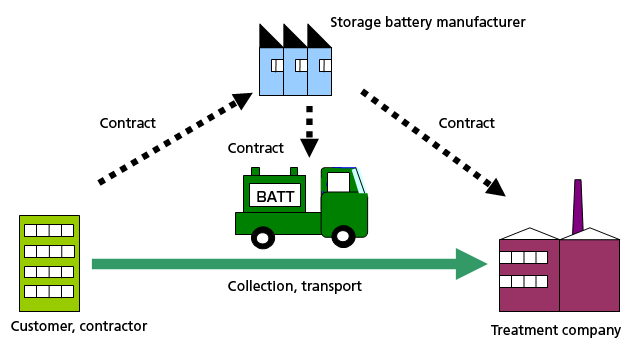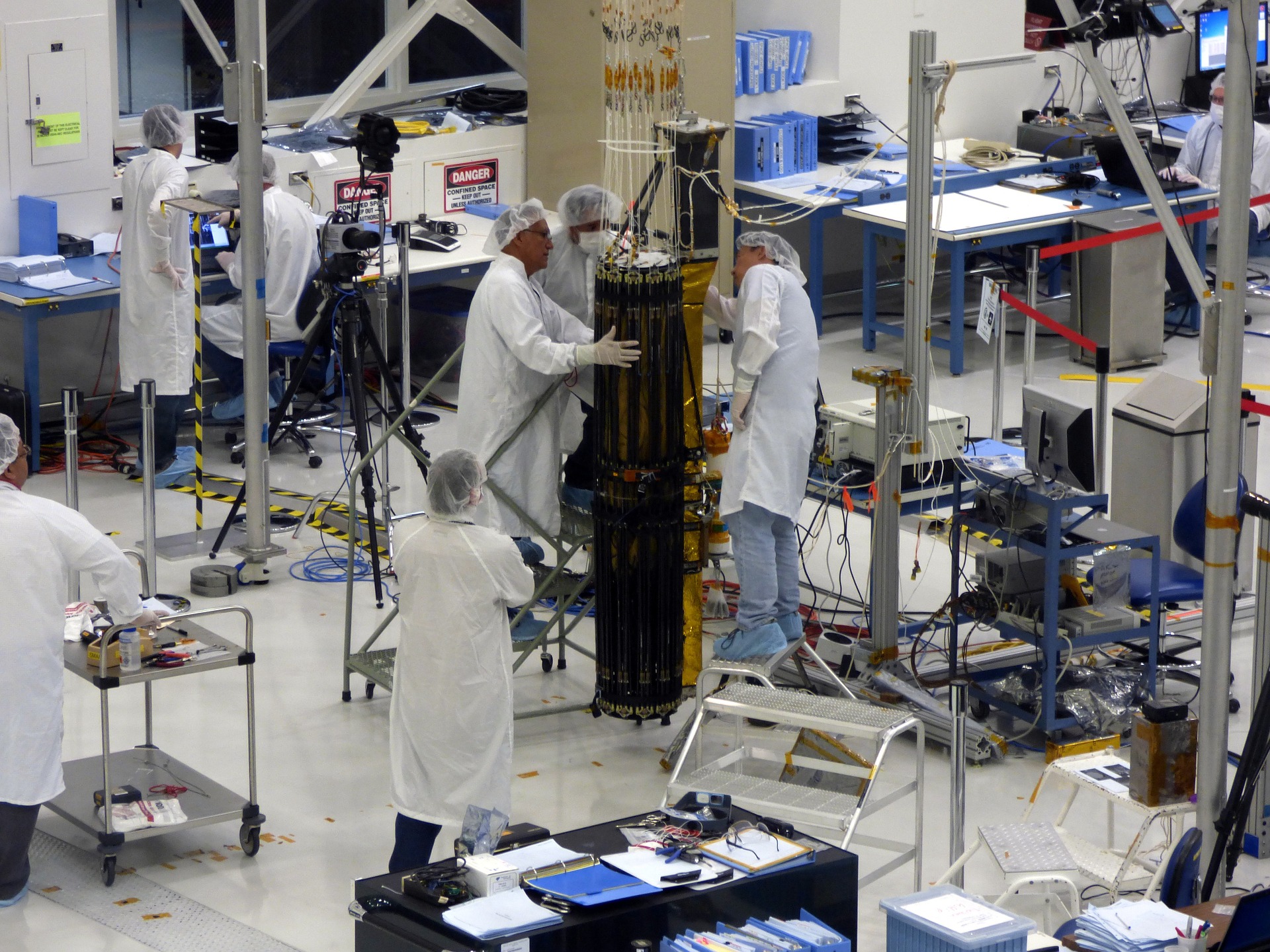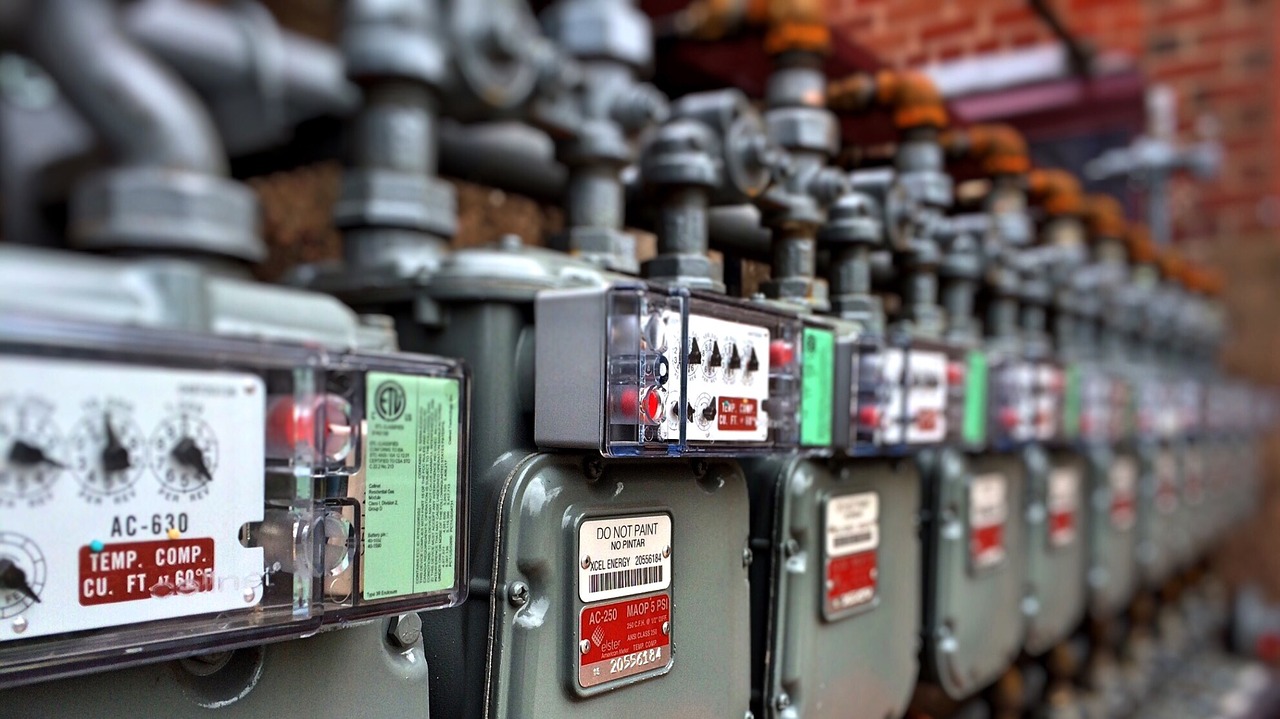Value v/s Cost Analysis Needed for Lithium Batteries
innovation, technology, quality, renewable, energy

Choosing a particular battery can be difficult as there are plenty of options for finding a battery ideal for particular operation. The selection of battery depends on operating voltages, amp-hour storage capacities, sizes, weights, brands different battery chemistries.
Lithium ion batteries are considered to rule the next two decades of energy storage world. Lead acid batteries had reigned over the battery market until recently but Lithium ion batteries are set to replace them. The falling prices of lithium ion battery and their improving performance is causing this overhaul of Lead acid battery. Inspite of deceptively high price of Lithium ion battery, the benefits provided by them more than compensate for the price difference.
With higher cost which feature are obtained from Lithium ion battery is analyzed below:
Sleeker and Lighter battery
Superior energy density is the most sought-after feature for any battery application. Anyone would find it more cumbersome to handle a device if its heavy and bulky. Lithium ion battery has three time the energy density of lead acid battery and two times that of Nickel Cadmium battery. Due this feature they are lighter and smaller in size and are considered most suitable for Electric vehicles.
Higher utilization capacity
100% of rated capacity of battery cannot be used as it will deteriorate the battery substantially. The higher the Depth of Discharge (DoD) lesser will be the available charge discharge cycles obtained from battery. Utilization capacity of battery is the the percent of rated capacity of battery which is actually available for use. Lead acid battery gives most optimal performance at 50% DoD, which means lead acid batteries have 50% utilization capacity.
Lithium ion battery are operated at 80% utilization capacity. Hence, any application can be performed the Lithium ion battery of lesser rated capacity.
Longer Battery Life.
Life of a battery is mentioned in charge discharge cycles it can undergo before degradation in its capacity beyond acceptable value. Lead acid batteries can operate for around 1000 cycles whereas Lithium ion batteries can operate for around 4000-5000 cycles. From this it can be inferred that around three to four replacements of lead acid battery will be needed for providing the entire lifetime of Lithium ion battery. This replacement will bring with it installation cost and transportation cost.
Maintenance free battery
Lithium batteries need no or very less maintenance. Battery Management system takes care of cell balancing, protection of batteries. There is no need of separate maintenance for battery. Nickel cadmium batteries need to be discharged periodically so that they do not exhibit the memory effect. Such an issue is not present in Lithium ion battery. They do not exhibit memory effect. Lead acid batteries need to be stored in charged state so as to prevent sulfation. Flooded lead acid batteries require regular maintenance for proper functioning.
Voltage Sag Virtually Non Existent
Absence of voltage sag means that the Lithium ion battery will provide nearly same output voltage at being 20 percent charged or at 80 percent charged. This prevents any issues caused by the “voltage sag” common to lead acid as they discharge.
Peukert’s Losses
When batteries are discharged at a higher discharge current they loose some of their capacity. This loss of capacity is Peukert’s Loss. The lithium ion batteries do not show Peukert’s Loss, that is, they can deliver their full capacity at higher discharge currents. Hence, they are more suitable for powering high current loads like an air conditioner, a microwave or an induction cooktop
Higher Power output
The lead acid batteries do not supply their full capacity when discharged with high power output. Whereas Lithium ion batteries can supply high power with full capacity utilization. Thus for high power applications like Air Conditioners or microwave Lithium ion batteries are more adept.
Higher efficiency
It is also important to consider the round trip efficiency that is amount of coulombs input and output coulombs from the battery. Lead acid batteries have typically around 80% efficiency and Lithium ion batteries have around 95% efficiency. Nickel Cadmium batteries have efficiency between 75 to 85%. The reduced energy loss in
Lithium ion batteries make more energy available for use.
Lower self –discharge
How would it fell if when you are in need of battery it turns out to be empty. Once a battery is charged, one would expect to get maximum capacity even if used after long time. Self-discharge rate is very low in case of Lithium ion batteries, less than 5% per month. Lead acid batteries have self-discharge rate around 5% per month and for Nickel Cadmium battery it could be as high as 20% per month. So a longer shelf life is provided by lithium ion battery.
No Need of priming
Unlike Nickel Cadmium batteries which need priming to gain full capacity, when they are new or stored for long time. Lithium ion batteries do not need priming.
Faster Charging
For applications like Electric Vehicles fast charging is extremely attractive feature. Lithium ion batteries can be fast charged whereas Lead acid batteries take longer time. The first 80% of charging can be charged fast but for last 20%, battery enters absorption phase and charging current drops off drastically. If battery is being charged by solar or wind and during the last 20% of charging it sun set or no energy is available for charging then battery will not be charged to its full capacity. This will result in sulfation in Lead acid battery and reduce its life.
Absence of hazardous elements
Lithium ion batteries do not contain hazardous elements like lead and cadmium.
The above analysis shows that lithium batteries return far better features to user compared to the cost he is paying. It is very important to choose the right battery with correct LCOE to get the maximum value v/s cost.



